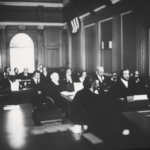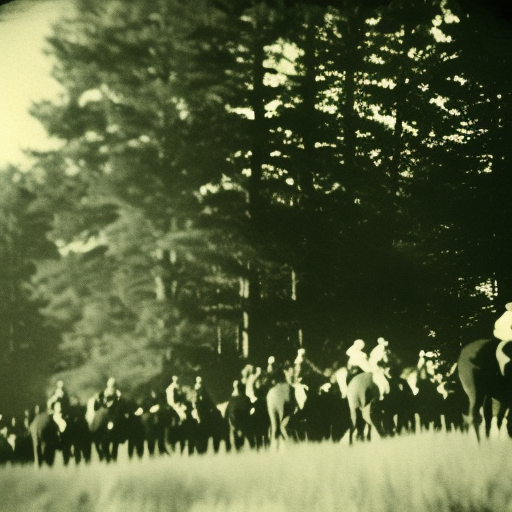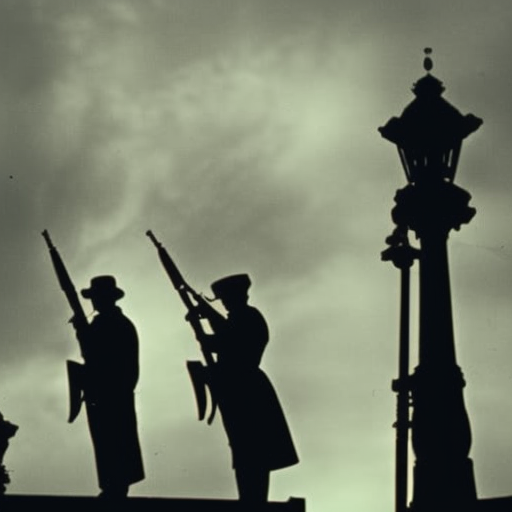The Spanish Golden Age
The Spanish Golden Age refers to a period of flourishing cultural and artistic achievement in Spain during the 16th and 17th centuries. It was a time of great political and economic power for Spain, as well as a period of significant artistic and literary production.
Political and Economic Context
The Spanish Golden Age coincided with the reign of the Habsburg dynasty in Spain, particularly during the rule of King Philip II. Spain was at the height of its power during this time, with vast territories in Europe, the Americas, and Asia under its control. The influx of wealth from the New World, particularly gold and silver, fueled Spain’s economy and allowed for the patronage of the arts.
Art and Architecture
One of the most notable aspects of the Spanish Golden Age was the flourishing of art and architecture. The period saw the rise of renowned artists such as El Greco, Diego Velázquez, and Francisco de Zurbarán. These artists produced masterpieces that reflected the religious fervor and grandeur of the Catholic Church, as well as the opulence of the Spanish court.
The Spanish Golden Age also witnessed the construction of magnificent buildings and palaces, such as the Royal Palace of Madrid and the El Escorial monastery. These structures showcased the wealth and power of the Spanish monarchy and served as symbols of the empire’s grandeur.
Literature and Theater
In addition to visual arts, the Spanish Golden Age was a time of significant literary and theatrical production. It was during this period that Miguel de Cervantes wrote his masterpiece, “Don Quixote,” which is considered one of the greatest works of literature in the Spanish language. Other notable writers of the time include Lope de Vega, Pedro Calderón de la Barca, and Garcilaso de la Vega.
The Spanish Golden Age also saw the rise of the Spanish theater, with the establishment of permanent theaters and the popularity of plays. Lope de Vega, in particular, was a prolific playwright who wrote hundreds of plays, including comedies, tragedies, and historical dramas.
Religious and Intellectual Movements
The Spanish Golden Age was deeply influenced by the Catholic Church and the Counter-Reformation. The Church played a significant role in promoting and patronizing the arts, as well as shaping the intellectual and cultural landscape of the time. Religious themes and motifs were prevalent in art, literature, and theater, reflecting the strong influence of Catholicism.
The period also saw the emergence of intellectual movements such as humanism and scholasticism. Humanist scholars, inspired by the revival of classical Greek and Roman literature, focused on the study of humanities and the exploration of human potential. Scholasticism, on the other hand, emphasized the synthesis of Christian theology and Aristotelian philosophy.
Decline and Legacy
The Spanish Golden Age began to decline in the late 17th century due to a combination of factors. Spain’s economic power waned as the influx of wealth from the New World diminished, and the country faced political and military challenges from other European powers. Additionally, the strict orthodoxy of the Catholic Church stifled intellectual and artistic freedom, leading to a decline in creativity and innovation.
Despite its decline, the Spanish Golden Age left a lasting legacy in the fields of art, literature, and theater. The works of artists such as Velázquez and El Greco continue to be celebrated and studied today, and the plays of Lope de Vega and Calderón de la Barca are still performed in theaters around the world. The period also marked a significant chapter in the history of the Spanish language, with the development of a standardized form of Spanish that is still used today.
In conclusion, the Spanish Golden Age was a period of immense cultural and artistic achievement in Spain. It was characterized by the flourishing of art, literature, and theater, as well as the influence of the Catholic Church and the Habsburg monarchy. Despite its eventual decline, the legacy of the Spanish Golden Age continues to be celebrated and appreciated to this day.












